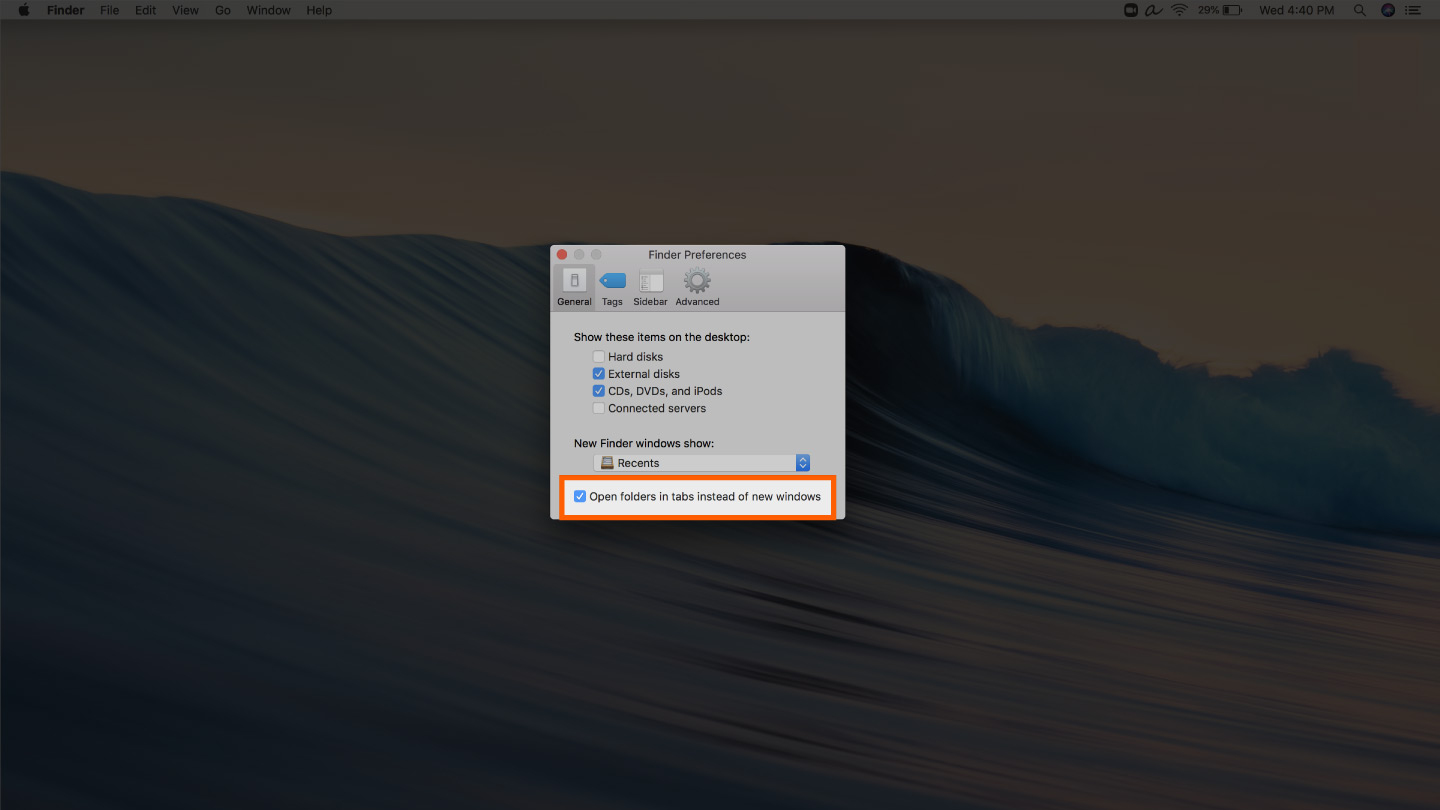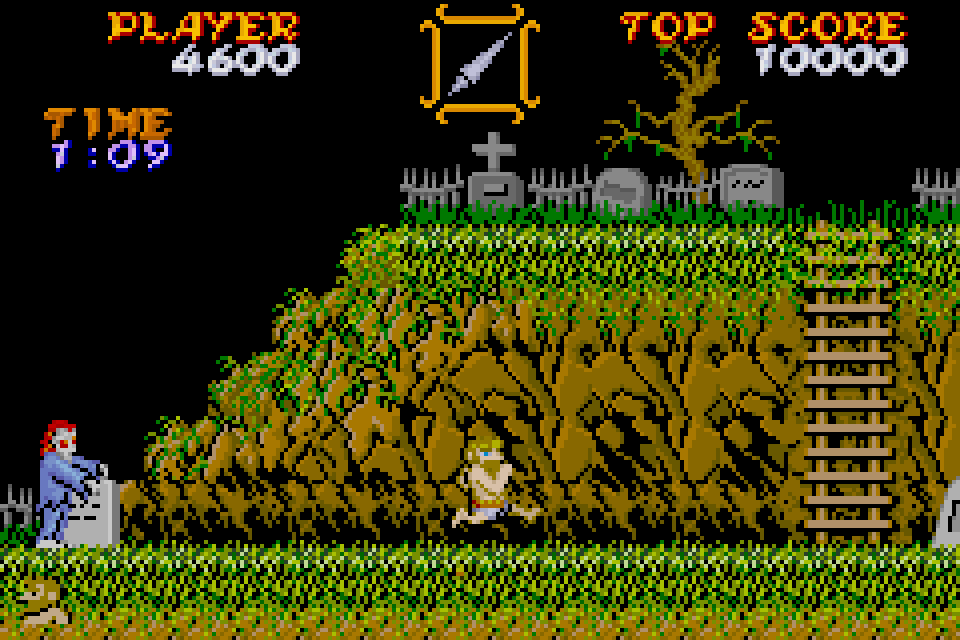Here is a list of best free Memory Optimizer software for Windows, which can help you Auto Optimize PC memory as well as do so Manually, in a single click. Most of these software to optimize memory let you view real-time graph for available and used memory space of PC. May 01, 2020 How to Free Up RAM with Windows 10 Task Manager Time needed: 3 minutes. On Windows 10, the easiest way to clear RAM without restarting is via a familiar tool, Task Manager. You can use Microsoft’s. To get started, open the Task Manager by searching for it in the Start menu, or use the Ctrl + Shift + Esc shortcut. Click More details to expand to the full utility if needed. Pdf writer software freewindows 7. Then on the Processes tab, click the Memory header to sort from most to least RAM usage. Keep the apps you see here in mind, as we'll discuss more on them later.
RAM is known as random-access memory - a memory component that holds the data for your system running. With continuously use of Windows 10 system, more and more tasks will launch in background to support the running application. But sometimes you kill an application, some tasks will still running in background. Inevitably, it will take up much ram storage and has your computer got slower and slower.
Now, you need to free up RAM in Windows 10.
To get started, free download a Windows 10 RAM optimizer -Windows Care Genius. Also it can be fully compatible with Samsung, Lenovo, Dell, Sony, HP and Acer running Windows 10/8.1/8/7/XP. Then install and launch it in your computer. After that, follow instructions blow to learn how to fix Windows 10 high RAM usage.
Solution 1: Free Up RAM with System Checkup
Step 1:Click“Checkup” in the main interface of Windows Care Genius, and it will automatically scan the system useless file and traces. What’s more, it will check the redundant tasks which still running in background. After the scanning completed, you can click “Fix” to repair these items and free Windows 10 RAM.
Step 2:Click on “System Monitor”, you will see the detailed RAM and CPU usage rate of every process.Here you will find some useless processes disappearand close unnecessary process to increase your RAM space at any time.
Solution 2: Fix Windows 10 High RAM Usage with System Tuneup
Step 1:To get more RAM space for your system, please turn to “System Tuneup” for deeply RAM clean. Here you can find more tools that will help you fix the high RAM usage.
Step 2:Scroll down in main window and check the items under “System Speedup”, then you can free Windows 10 RAM and bring back a fast system.
Step 3:Some system tasks, applications or services will launch by default when your system startup.
In“Startup Manager”, you can scanning your system startup items and disable the unnecessary applications to speed up the system boot.
Not only can Windows Care Genius release ram on Windows 10, but also it can check up its health status, clean up junk files for optimization and manage startup programs. If you have any question, please leave it under the comment section.
Read More Win 10 Tips: Top 4 Free Windows 10 Password Recovery/Reset Tool
- Related Articles
- How to Recover Forgotten Windows 10 Password
- How to Change Password on HP Pavilion
- How to Crack Laptop Password
Free Up Ram Windows 10 Reddit
Please enable JavaScript to view the comments powered by Disqus.comments powered by Disqus
Like every operating system, Windows also stores different kinds of cache files on the hard drive. In simple words, cache files are temporary files that are stored on the memory to make it easier for you to access frequently used data. The cache data utilize lots of hard drive space of your computer. Deleting cache files is necessary for the smooth running of the system. Cache memory is responsible for various kinds of computer problems, including slow processing speed, slow startup, lag or hang, application responding, and many others. If you don't know how to clear memory cache on your Windows computer then, the solution to your problem is here. Here in this post, we will talk about How to clear memory cache on Windows computers.
5 Ways to Clear Memory Cache on Windows 10/8/7/Vista/XP

It is necessary to clear cache the memory to fully utilize your CPU power. Cache memory causes lots of problems by occupying a huge amount of computer RAM (Random Access Memory). That's why it is always recommended to clearing memory cache from your Windows computer to get optimum performance. Cache memory is something that is really useful to give you better performance. It helps the application to load faster as compared to load the app without cache data. Here below are some methods that will help you to clear memory cache in Windows 10/8/7/Vista/ and XP.
Method 1: Create Clear Memory Cache Shortcut
This is one of the easiest solutions to clear memory cache on the Windows operating system. This method is completely free; you don't have to install any third-party paid tool to clear the memory cache. Below are some steps to clear memory cache on Windows.
Step 1: First of all, you have to turn on your computer and right-click on the desktop.
Step 2: Here, you will have a couple of options. Click on 'Shortcut' under the New option.
Step 3: Create a Shortcut wizard will appear, you have to click Browse to locate the directory. Or you can simply type '%windir%system32rundll32.exe advapi32.dll, ProcessIdleTasks' without quotes on the text field of 'Type the location of the item'.
Step 4: Once the above process is completed, you have to click on 'Next' button to proceed to the next step.
Step 5: Now, you have to type a name for this shortcut. Here, we are typing 'Clear Unused RAM' and hit on the 'Next' button.
Once the shortcut is created, switch to the desktop and double-click on the shortcut to clear memory cache on Windows.
Method 2: Clear General Cache
Disk Cleanup is an integrated feature of Microsoft Windows that enables the user to clean unwanted files. Getting engaging with this feature, you can remove temporary files, unwanted files, preview windows installation files, and much more. You just have to choose the disk and start the deleting process. Here below are steps to clear the memory cache using disk cleanup.
Step 1: At the first step, you have to click on the 'Start' button and type 'disk cleanup' in the search field and hit the 'Enter' button.
Step 2: Now, Disk Cleanup: Drive Selection dialog box will appear. You have to choose the drive from where you would like to clear the memory cache.
Step 3: Now, click on the 'OK' button. It will start the scanning process and shows you how much space is occupied by the cache.
Step 4: You have to tick the checkbox which you would like to clean. If you want to clean system files then, you can click on the 'Clean up system files' otherwise, hit on the 'OK' button at the bottom of the window.

Step 5: Once the above process is completed, you can click on 'Delete Files' if prompted. It will start deleting cache files from places including recycling bin, Thumbnails, and many other places.
Method 3: Clear App Data File to Clear Memory Cache

Step 1: At the first step, you have to click on the 'Start' button or hit on the 'Windows' key and click on 'Computers' to open My Computer.
Step 2: My Computer window will appear; if you don't see My Computer, then manually type 'My Computer' in the start and hit the 'Enter' button.
Step 3: Once the above process is completed, you have to click on the 'Organize' tab in the top left corner of the window.

Step 4: Then, choose 'Folder and search options' under the organize drop-down menu.
Step 5: a Folder options dialog box will appear with 3 tabs; click on the view tab.
Step 6: Now, you have to click on 'Show Hidden files, folder, and drives' radio button under the 'Hidden files and folders'.
Step 7: Click on the 'OK' button at the button of the window.
Step 8: Once the above process is successfully completed, you have to open the hard disk where windows are installed.
Step 9: Now, you have to open the 'Users' folder by double-clicking on it. Then, click on the folder with an administrator account.
Step 10: You have to locate the 'AppData' folder and open it by double-clicking and open the 'Local' folder.
Step 11: Now, you have to select the 'Temp' folder and open it.
Step 12: Remove the read-only permissions from the Temp folder.
Step 13: You have to select all files that are placed in the Temp folder. You can press 'Ctrl' + 'A' to select all files.
Step 14: Once the files are selected, Press 'Shift' + 'Delete' button simultaneously to permanently delete all temp files.
Method 4: Delete Internet Explorer Files to Clear Memory Cache
Memory Optimizer Windows 10

Step 1: First of all, click on the 'Start' button and type 'Internet Explorer' in the text field and press the 'Enter' button.
Step 2: Internet Explorer web browser window will appear, you have to click on the 'General' tab at the top of the window.
Step 3: Now, you have to click on the 'Settings' under the browsing history section.
Step 4: Then, click on 'View files' at the screen's bottom right side. Once the above process is completed, a new window will appear with all cached files created by Internet Explorer.
Step 5: You have to press the 'Ctrl' + 'A' button simultaneously to select all the cache files.
Step 6: Now, you have to press the 'Shift' + 'Delete' button to remove all cached files permanently.
Method 5: Clear the DNS Cache
Step 1: Initially, you have to click on the 'Start' menu by clicking on the Start button at the bottom left of the screen.
Step 2: Now, type command prompt and hit the Enter button to launch. You can also open a command prompt by right click on Command prompt and run as administrator.
Step 3: On the command prompt, you have to type 'ipconfig /flushdns' without quotes and press the'Enter' button.
Step 4: You have to wait for a couple of seconds and be notified when completed. Once it is successfully completed, you have to restart your computer to makes changes.
